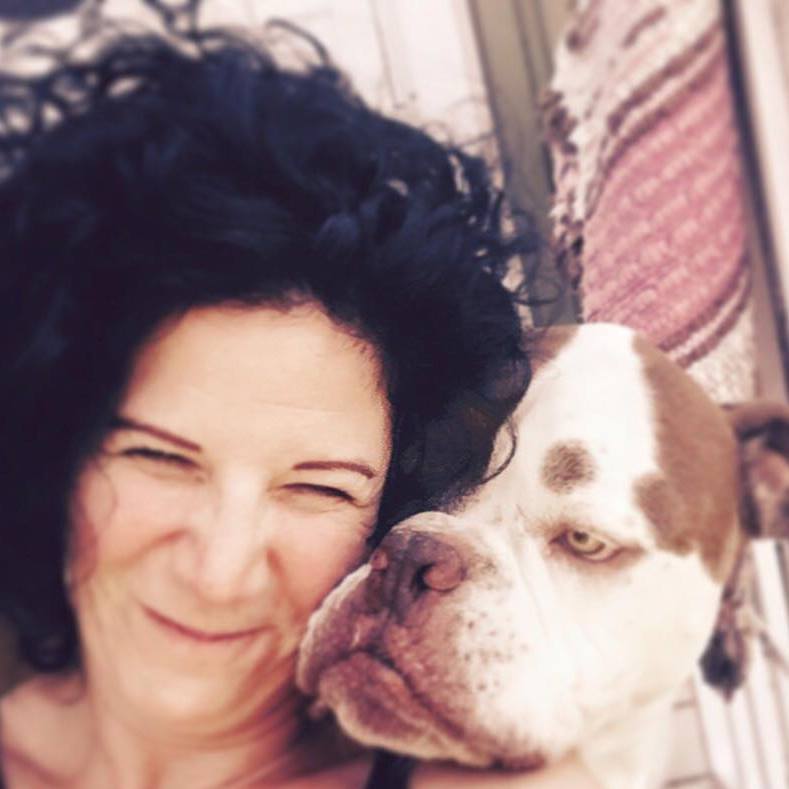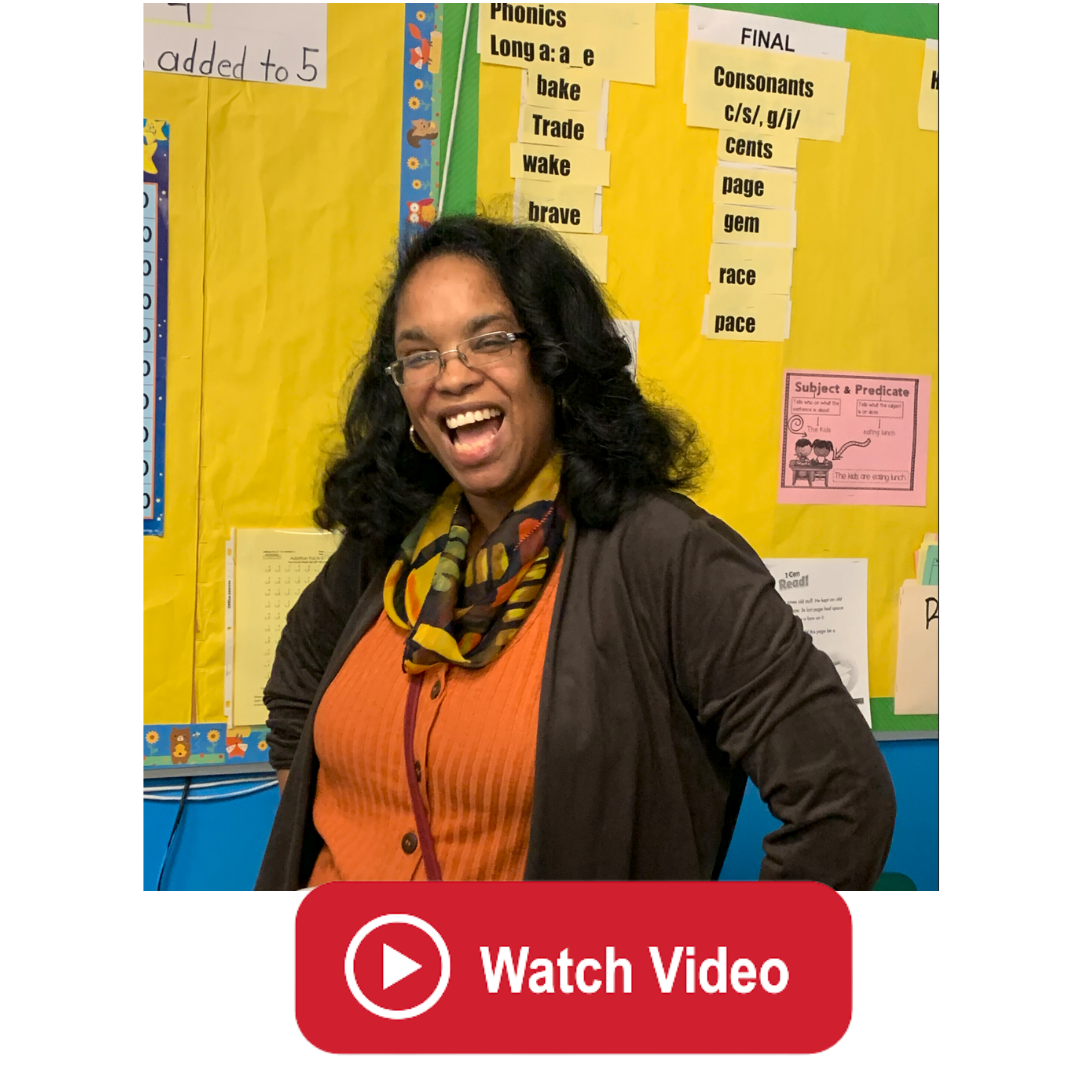How to Avoid Teacher Burnout during the Final Weeks of School
If you’re a teacher returning from spring break for the final stretch of the school year, you may have to consciously work to retain the benefits of your time off. Students may have forgotten routines, spring fever will be in the air, mandated standardized testing waits in the wings, final exams must be drafted and administered, and decisions about promotion and retention must be made. These year-end dynamics could make returning to work stressful, while completely negating any benefits of the spring break. This is where mindfulness can play a role.
As teachers we do our best to stay focused, maintain awareness of our emotions and those of our students, and pay great attention to what is taking place around us. This, by definition, without judgement, is what we call mindfulness. And while the term “mindfulness” has been used in so many educative directives over the past decade, we often aren’t aware of just how beneficial this practice can be in, and out, of our classrooms.
The benefits of mindfulness include: self control, objectivity, improved concentration, mental clarity and the ability to communicate and relate to others with compassion and kindness. The American Psychological Association also adds that regular mindfulness practices reduce stress, burnout, and rumination while aiding to boost your memory too. Let’s face it, our daily work as educators can be challenging at times. The joys of working with the young minds comes with many other less pleasant realities--paperwork, reports, assessments, meetings, to name a few. Such requirements can lead many teachers to a path of feeling frustrated, overwhelmed and stressed. And, it’s completely normal.
Realizing that you’re not the only educator who feels this way can be comforting. It can also be your first step to becoming more mindful. As you become more fully aware of your feelings and can suspend judgement about your feelings, you are on your way to developing a mindful practice. Creating a mindful practice doesn’t mean sitting on a contoured cushion for hours on end. While you may become curious about a more “formal” approach, the informal approaches to the practice can be developed over time, with ease, and done simply.
Awareness
First, become aware. Be aware of your surroundings, the sounds, smells, sights-- everything. When you wake each morning, become aware of how the floor feels on your feet, how brushing your teeth feels, what you see from you windows, the smell of your coffee or tea, etc. Be aware and focused on one thing at a time.
Bring the same awareness to your classroom. Really experience your classroom by soaking up the light from window, notice the students’ work displayed on your walls, listen for the sound of writing tools and papers at work, savor your lunch or morning beverage. In a nutshell, become a “super observer.”
Breathe
Next, breathe. We say it to our students, and maybe even ourselves, over and over. But do we do it? Do we teach it? Are we fully aware? Breathing with intention and purpose is simple, feel your breath from it’s “base,” from your diaphragm and allow it to rise up through your chest and out through your mouth. Taking 3-4 good “mindful” breaths when you feel stressed, out of focus or frazzled can simply create the thought-space you need during a difficult time. Again, no cushion needed. Just stand tall or sit with a straight spine and do this while students work independently or while you permit wait time for their responses. And with your breathing, simply focus on just that-the breath. Remain focused on one thing at a time--in this case the breath.
Once you feel comfortable with awareness and breathing, you are on your way to becoming a mindful educator! It’s these two simple steps that are the basis for almost all mindful activities in, and out, of the classroom. You name it-- reading, eating, writing, listening are all activities that can be done mindfully. When you read, don’t multi-task; simply read. When you write, don’t engage in other activities; focus on writing.
Building a mindfulness practice takes time, but the benefits will pay dividends in both your personal and professional life. Once you’re comfortable, you can share your mindful work with your students, and teach it to them, while you continue to master the practice yourself. Learning the art of mindfulness can help you experience the feeling of a vacation right in your classroom at anytime of the day or year.
Some mindful techniques and resources:
-
Observe your breath, while breath in the word “I am” and breathing out the word “peace.” Repeat several times.
-
Count up to 2 as you breathe, then hold the breathe deeply for 2 counts and release the breath for another 2 counts. Repeat.
-
Conduct a body scan using Jon Kabat-Zinn’s video
-
Read Mindfulness Basics
-
Use guided meditations, singing bowls or bells to sit quietly for varied periods of time.
-
Learn about mindful eating and mindful walking
-
Resources in Education https://www.edutopia.org/article/mindfulness-resources#graph2

 Tara V. Lisciandro-Hornich is a 12 year high school teaching veteran in New Jersey who presents and writes on the topic of mindfulness. Tara studied at the University of Massachusetts, Mindfulness-Based Stress Reduction Center of New Jersey, Omega Institute of New York, and Mindful Schools. Over the past 8 years she has successfully developed mindfulness programs for her own classes as well as for other schools, school districts, college orientation programs, nonprofit organizations and local businesses. She has contributed as a writer and consultant for the NEA and NJEA Review on the topic as well. For questions, contact Tara at
Tara V. Lisciandro-Hornich is a 12 year high school teaching veteran in New Jersey who presents and writes on the topic of mindfulness. Tara studied at the University of Massachusetts, Mindfulness-Based Stress Reduction Center of New Jersey, Omega Institute of New York, and Mindful Schools. Over the past 8 years she has successfully developed mindfulness programs for her own classes as well as for other schools, school districts, college orientation programs, nonprofit organizations and local businesses. She has contributed as a writer and consultant for the NEA and NJEA Review on the topic as well. For questions, contact Tara at 





